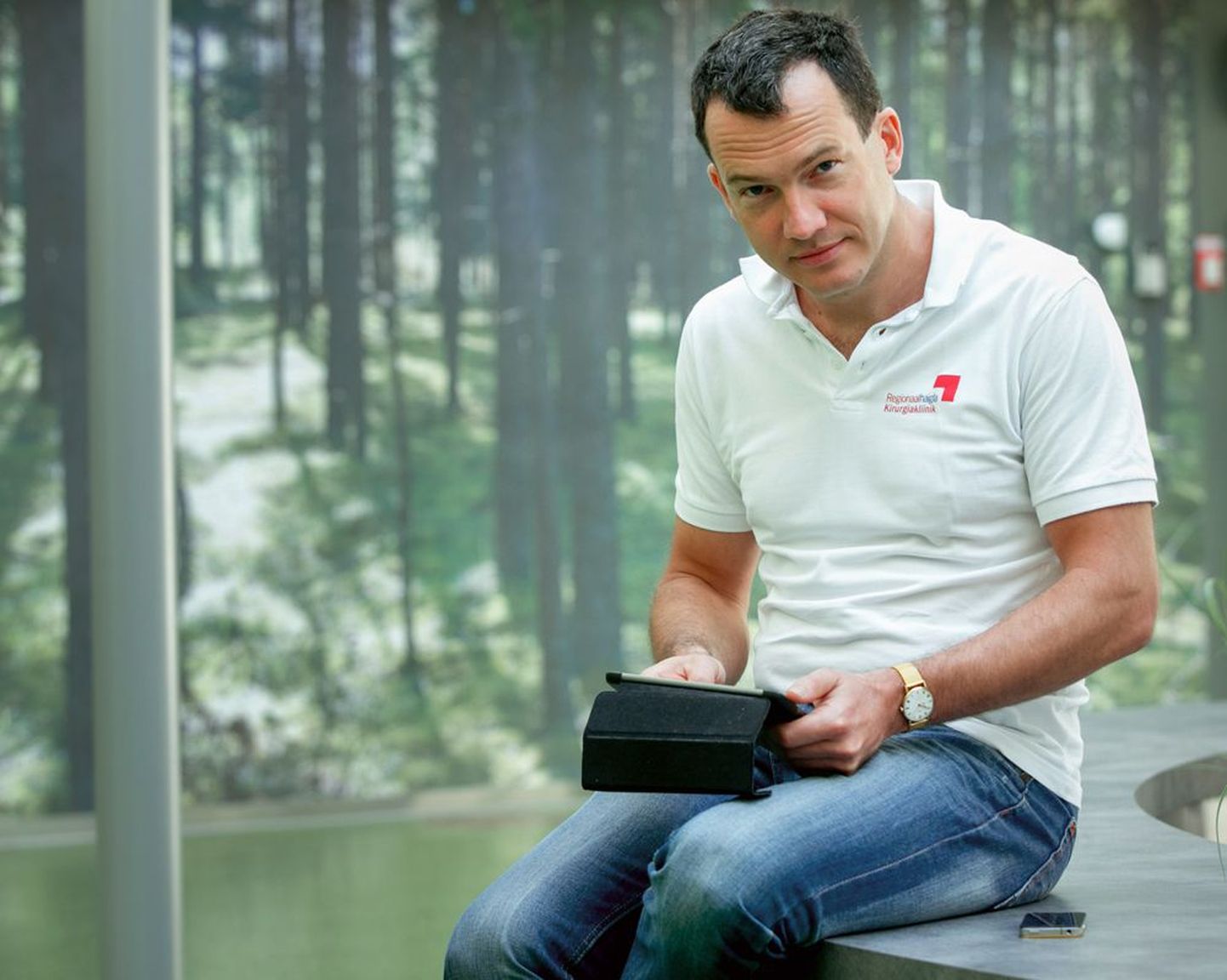«In our hospital database, there’s a sea of digital data on every patient; but it is difficult to obtain them from there as one wants to analyse a patient and assess the dynamics,» said North Tallinn Regional Hospital (PERH) iWard engine, neurosurgeon Kahro Tall.
Gone are the days when a doctor, needing vital data, had to run to her office and do some heavy clicking with the mouse; now, all it takes is fingering a tablet computer.
«We surgeons work at the operating theatre and all else needs to be as easy as possible,» underlines Mr Tall while introducing the computer programme, made after the desires of doctors.
To make information from hospital main database easily accessible for doctors, it is displayed visually if at all possible.
«A normal analysis is marked green, out of norm comes red. You press the «development» button, and the corresponding graph appears,» said the surgeon, proud of his creation.
Indeed, having recently seen the way family doctors see results of analysis, the PERH graph is impressive. Even a patient will understand this, one with no medical education.
Mr Tall is convinced that thanks to the visual solution, «painting abnormalities red in block letters», the doctors will have fewer errors. «Red is red, abnormality is abnormality; one can no longer easily miss a hazard,» he stressed.

